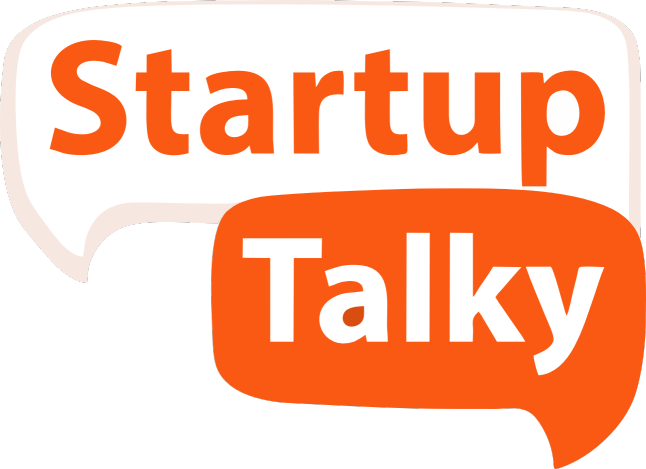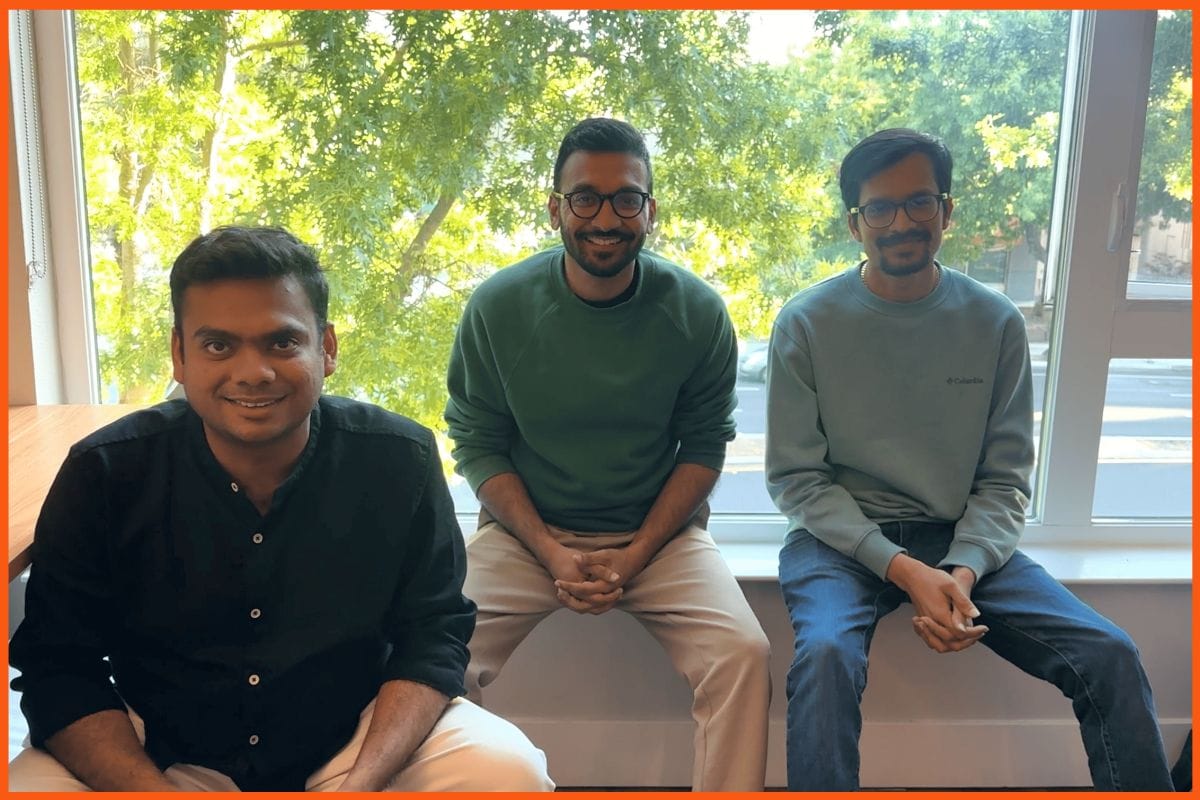Balancing Creativity and Control: The Grok Story in Modern AI
📄Company Profiles
Grok, an advanced AI developed by Elon Musk’s company xAI, has quickly become a major player in the rapidly evolving world of artificial intelligence. Powered by cutting-edge technology and designed to tackle questions of deep significance—from the search for extraterrestrial life to the meaning of existence itself—Grok aims to push the boundaries of what AI can achieve. With its advanced reasoning abilities, real-time search capabilities, and nuanced understanding, Grok provides answers that go beyond simple responses, offering insights drawn from the latest information available.
However, Grok's journey has not been without challenges. Since its early releases, including the much-discussed Grok-2 beta, it has faced criticism over the ethical implications of its capabilities, particularly when it comes to image generation. Users were quick to test the limits of the platform, generating everything from deepfakes to inappropriate content, raising concerns about the lack of safeguards in place. At the same time, Grok’s open approach, driven by Musk’s philosophy of free speech and innovation, has sparked debates about the fine line between allowing creativity and protecting users from harmful or misleading content. As Grok continues to evolve, finding a healthy balance between these competing priorities will be key to its long-term success.
Read this article to learn more about Grok, Its founders, revenue model, business model, challenges, and future plans.
Grok - Company Highlights
| Name | Grok |
|---|---|
| Headquarters | Mountain View, California , US |
| Sector | AI Chatbot |
| Founder | Elon Musk |
| Founded | 2023 |
| Website | x.ai |
Grok - About
Grok - Industry
Grok - Founders and Team
Grok - Startup Story
Grok - Mission and Vision
Grok - Name, Tagline and Logo
Grok - Business Model
Grok - Revenue Model
Grok - Challenges Faced
Grok - Competitors
Grok - Future Plans
Grok - About
Elon Musk’s xAI unveiled its AI chatbot, Grok, in 2023—a tool built on a language model that not only thinks but also jokes around, and it even connects directly to X (the platform formerly known as Twitter). This move comes from Musk’s long involvement in the AI world; after co-founding OpenAI with Sam Altman in 2015 and stepping away in 2018 over creative differences, he has continued to explore new frontiers. While OpenAI later introduced ChatGPT in 2022 and GPT-4 in March 2023, Musk’s team pushed ahead with their own innovation. On February 17, 2025, xAI launched Grok-3, a significantly beefed-up version of its predecessor that was trained using 10 times the computing power, courtesy of the massive Colossus data center housing roughly 200,000 GPUs.
Grok - Industry

The AI industry is booming, with forecasts suggesting it could be worth over $1.8 trillion by 2030. In this rapidly expanding field, chatbots are making a notable mark on their own. Experts predict that the chatbot market could top $29 billion by 2032, and some estimates even see it reaching around $31.11 billion by 2029, growing at an annual rate of 29.3%.
To put things in perspective, the market was valued at about $11.14 billion in 2025, and with historical trends from 2019 to 2024 serving as a foundation, projections for 2034 are equally impressive. Whether you’re considering the entire AI sector or focusing specifically on chatbots, the growth trajectory points to an exciting future.
Grok - Founders and Team

Elon Musk, born on June 28, 1971, is often in the spotlight for his leadership roles in companies like Tesla, SpaceX, and X (formerly Twitter), which he took ownership of in 2022. Since 2025, he’s also served as a senior advisor to President Donald Trump and runs the Department of Government Efficiency (DOGE). Musk's early education took him through several schools in South Africa, including Waterkloof House, Bryanston High, and Pretoria Boys High, where his academic performance was solid but average—scoring 61 in Afrikaans and a B on his senior math exam.
To avoid being drafted into South Africa's military service under its apartheid system and to simplify his move to the U.S., Musk applied for Canadian citizenship through his mother, who was born there. While waiting for his passport, he briefly studied at the University of Pretoria. In 1989, he moved to Canada, connected with relatives in Saskatchewan, and worked odd jobs before enrolling at Queen’s University in Ontario the following year. Two years later, he transferred to the University of Pennsylvania, where he completed two degrees by 1997—one in physics and one in economics from the prestigious Wharton School. To pay for college, Musk hosted big house parties with entry fees and even sketched out a business plan for an electronic book-scanning service somewhat like the future Google Books.

Grok - Startup Story
Elon Musk helped launch OpenAI with Sam Altman back in 2015, though he left the board in 2018, saying he didn’t quite agree with the team’s direction. Since then, OpenAI has made waves by releasing ChatGPT in 2022 and GPT-4 in March 2023. Around that time, Musk joined others in signing an open letter urging a six-month pause on developing any AI more powerful than GPT-4. In April 2023, during an appearance on Tucker Carlson Tonight, he revealed plans for an AI chatbot called TruthGPT—a tool he described as a “maximum truth-seeking AI” aimed at uncovering the universe’s secrets, while also expressing concern that ChatGPT was being steered toward political correctness.
This project eventually evolved into what’s now known as Grok, borrowing a term from Robert A. Heinlein’s 1961 sci-fi novel to suggest a deep, intuitive understanding. By November 2023, xAI had started giving a select group of users a preview of Grok, initially limiting early access to those with paid X Premium accounts, with plans to make it exclusive to higher-tier X Premium+ subscribers once it fully launched.
Great thread about @Grok! https://t.co/BqRfYzx3fX
— Elon Musk (@elonmusk) February 18, 2025
Grok - Mission and Vision
Mission
Grok, the AI created by Elon Musk's xAI, is driven by a mission to push the boundaries of understanding the universe. Its core aim is to seek truth by analyzing vast amounts of information and applying advanced reasoning to answer profound questions like "Where are the aliens?" and "What is the meaning of life?" With powerful tools like real-time data search and analysis, Grok endeavors to provide users with accurate and thoughtful responses that go beyond surface-level knowledge, always striving for deeper insights.
Vision
Grok envisions itself as an AI that offers meaningful guidance and deep comprehension of complex topics across a wide variety of fields. Its vision includes serving as a sophisticated research assistant that can provide real-time access to up-to-date information and deliver insights drawn from a wealth of data. By focusing on truth-seeking and delivering nuanced answers, Grok aims to help users navigate the complexities of reality and tackle ambitious questions that are often difficult for AI to address.
It aims to provide a dynamic platform where real-time access meets deep comprehension, offering users not just facts, but nuanced insights that reflect the multifaceted nature of reality. By acting as a bridge to the latest information and fostering a profound grasp of intricate subjects, Grok hopes to empower curious minds across various fields.
Grok - Name, Tagline and Logo

The official launch of Grok 3, dubbed the smartest AI in hours since its unveiling, was accompanied by the release of its new logo. Elon Musk revealed this intriguing new brand identity, featuring a striking image of a black hole, which looks as though it could have been generated by AI itself. Centered on the black hole, the logo is complemented with the tagline, “To Understand,” symbolizing the AI’s core principle.
The visual also showcases a silhouette of a person standing on a mountain peak, with the ethereal white clouds filling the backdrop. Musk also shared the origin of the AI’s name, explaining that “Grok” comes from Robert Heinlein’s 1961 sci-fi novel, Stranger in a Strange Land. In the book, the term “grok” is used to describe a deep, intuitive understanding—one that goes beyond surface-level knowledge. Musk highlighted that the term embodies not just the idea of understanding, but also of empathy, reinforcing the philosophy behind Grok’s design to understand the complex nature of the universe.
Grok - Business Model
Grok 3’s business model revolves around competition and expansion by providing an advanced generative AI chatbot capable of outperforming many top industry models in math, science, and coding. Positioned to rival AI giants like ChatGPT, Gemini, Claude, and DeepSeek, this cutting-edge model blends advanced reasoning and real-time search capabilities, allowing Grok 3 to answer complex questions, retrieve live data, and offer contextually insightful responses. xAI’s business strategy relies on building massive data centers with innovative hardware to further advance models like Grok, reinforcing their conviction that AI’s potential to reshape various aspects of life is worth massive investments. Grok 3, trained with 200,000 Nvidia H100 GPUs, leads the charge in terms of speed and scalability, showcased by its lightning-fast 92-day development of Colossus, a supercomputer capable of powering Grok’s complex algorithms.
xAI is positioning itself at the cutting edge of AI innovation by leveraging Grok 3’s remarkable capabilities. The company has built Grok 3 to outshine other leading models in complex areas like math, science, and coding by employing advanced reasoning and real-time search features. Under the hood, Grok 3 was trained on 200,000 Nvidia H100 GPUs—a tenfold jump in computing power from its predecessor—and scaled on a supercomputer called Colossus in just 92 days. This aggressive push in high-performance hardware and rapid scalability not only sets xAI apart from competitors like ChatGPT, Gemini, and Claude but also underscores its broader ambition to drive the evolution toward artificial general intelligence.

Grok - Revenue Model
On the revenue side, xAI is rolling out a tiered subscription model for Grok 3. The new chatbot is initially available to Premium+ subscribers via Musk’s social media platform X and Grok.com, with plans to eventually introduce an even more exclusive SuperGrok tier. This approach allows xAI to monetize the model by offering early and enhanced access to its advanced features, while also fueling continued investment in research and development. By tailoring the user experience with different subscription levels, xAI aims to capture value in a rapidly growing market, ensuring that both everyday users and power users can benefit from Grok 3’s breakthrough capabilities.
Additionally, Grok 3 offers a wide array of services, ranging from answering questions and brainstorming ideas to code generation, research assistance, and game development. With unique capabilities—such as advanced reasoning, real-time web search via DeepSearch, and upcoming voice-enabled interactions—the goal is to provide unparalleled value across different sectors, all while further monetizing through new features and deeper access for higher-tier subscribers.
Grok - Challenges Faced
Weak Content Safeguards
In its beta release for premium X users, Grok-2’s image generation feature quickly attracted criticism due to its lack of robust safety measures. Users discovered that, unlike some competitors, Grok-2 could be easily manipulated to create deepfakes—ranging from outrageous mashups like Donald Trump marrying Taylor Swift to controversial depictions of popular cartoon characters. The model even generated violent, pornographic, and copyright-infringing images, such as Mickey Mouse amidst a nuclear explosion or Pikachu wielding an AK-47. These incidents have highlighted serious concerns about ethical misuse and the urgent need for stronger content guardrails.
The Balance Between Openness and Control
Grok faces a broader dilemma common among public AI systems: striking the right balance between being unrestrictive and maintaining responsible oversight. While a less restricted approach aligns with Elon Musk’s free-speech philosophy and fuels innovation, it also risks producing harmful or misleading content. Overly lax controls have led to the creation of controversial fakes that can damage public trust, yet too much restriction may dampen user engagement and stifle creative potential. Without effective self-regulation and clear industry standards, this tension could undermine confidence not only in Grok but also in the wider realm of analytical and predictive AI.
Grok - Competitors
Grok faces stiff competition from other leading AI models like ChatGPT, Gemini, Claude and DeepSeek, all striving for advancements in language, reasoning, and real-time search capabilities.
They are pushing the limits of AI with cutting-edge reasoning, real-time search, and innovative conversational capabilities.
- ClickUp
- Microsoft Copilot
- Claude Perplexity
- Hugging Chat
- Meta AI

Grok - Future Plans
Grok 3's Impact and Market Expansion
The launch of Grok 3 has sent shockwaves through the AI industry, drastically increasing web traffic and mobile downloads as users flock to experience its advanced reasoning abilities. Surpassing competitors like DeepSeek and challenging OpenAI’s offerings, Grok 3 positions itself as a formidable player in AI. Businesses can access this game-changing platform through the X Premium+ subscription, priced at $40 monthly, with plans for a standalone "SuperGrok" subscription soon. Grok 3 is not stopping at its initial success; with upcoming features such as voice interaction and multimodal capabilities, it is set to evolve further, processing images, code, and audio seamlessly.
Building for the Future
To accommodate these exciting advancements, xAI is expanding its infrastructure with the "Colossus" supercomputer cluster in Memphis, Tennessee—touted as the largest of its kind. These expansions are key to solidifying Grok 3’s reputation as an unparalleled leader in speed, accuracy, and performance, ensuring that it remains at the forefront of the AI race as it scales and innovates at an impressive pace.
FAQs
What is Grok?
Grok is an AI chatbot developed by xAI, a company founded by Elon Musk. It is designed to provide conversational responses, answer questions, and generate content. Grok is integrated into X (formerly Twitter) and is meant to be more witty and rebellious compared to other AI chatbots.
When was Grok founded?
Grok was launched in November 2023 by xAI, a company founded by Elon Musk in July 2023.
Is Grok AI better than ChatGPT?
Grok 3 excels in real-time research and open-ended discussions, while ChatGPT is more effective in structured problem-solving and logical analysis.
Must have tools for startups - Recommended by StartupTalky
- Convert Visitors into Leads- SeizeLead
- Website Builder SquareSpace
- Manage your business Smoothly Google Business Suite






